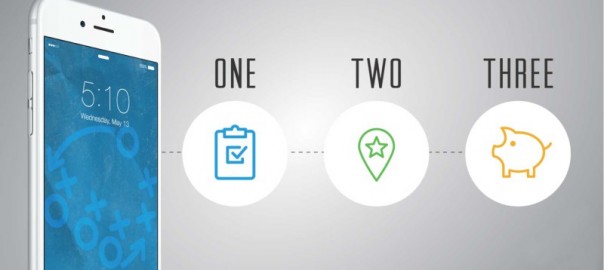How do you launch a truly effective mobile marketing program? Columnist Jim Kreller explains how to push past the hurdles marketers face with mobile.

Today, most marketers will state that mobile is one of their top priorities. However, when you dig deeper, you discover that many mobile marketing programs have yet to take full flight.
Based on hundreds of conversations with prospects and customers, I’ve learned that one of the main reasons for this stagnation is that many marketers make the false assumption that the success other companies are experiencing cannot be replicated. Too many marketers think that what’s working for Men’s Wearhouse or Pep Boys is unique to those companies and their situations. (Disclosure: Men’s Wearhouse and Pep Boys are clients.)
The reality is that mobile marketing success is not predicated on any particular business segment’s business model; any retailer can achieve significant revenue with mobile. Companies that impose these “mobile limitations” on themselves are missing out on a transformative opportunity.
Here are three keys to navigating organizational challenges to launch a successful mobile marketing program:

1. Team Up With Experts And Develop In-House Expertise
Compared to email marketing and other more established marketing channels, mobile specialists are much harder to come by, as the industry is still in a nascent stage. According to VentureBeat Insight, the second largest challenge facing B2B mobile marketing is that many marketing professionals do not sufficiently understand mobile marketing.
Since practitioners are in limited supply, and mobile marketing has its complexities, I recommend teaming up with a company that has a strong roster of mobile consultants and SMEs who have demonstrated expertise in this industry. That being said, you don’t want to just outsource this responsibility.
The best approach is to transition an existing team member or hire an individual who can become an apprentice to your contracted partner and build up his or her competency in mobile marketing. This way you start cultivating an in-house resource who can eventually lead your company’s mobile initiatives down the road.

2. Start Small And Scale Up
According to Kleiner Perkins partner Mary Meeker, while people consume 20 percent of their media via mobile, only 4 percent of advertising spend is dedicated to this medium. According to the industry data, companies should be directing one-fifth of their budgets to mobile, but they don’t come anywhere close to that. Why? The reason could be the fierce competition within companies over the allocation of marketing budgets.
The right mobile marketing partner should help you overcome internal objections and hesitations from those who hold the purse strings. Look for a partner that isn’t immediately trying to lock you into a long-term commitment, but rather is flexible and offers tailored pilot programs and creative payment terms. If you only have $50,000 to spend for the remainder of 2015, then your partner shouldn’t be proposing a $100,000 plan.
Your first forays into mobile can be small — matching the form factor of many mobile devices. Trying to plan and execute a sweeping campaign before you’ve got your bearings will only lead to disappointing results.
Start small, and continue testing and learning through a handful of campaigns. When you have enough proof points that it’s working, that’s when it’s time to scale up and invest in a plan.
While you don’t need to break the bank, make sure you are carving out budget for mobile marketing. Forrester predicted that in 2015 most brands will underinvest in mobile — don’t be one of them.

3. Get Proof Points To Close The Loop
To show evidence of mobile marketing’s effectiveness, you need proof points, which may not be readily available for your business. Since data won’t just magically appear, often you have to assemble your own.
To do that, you should obtain data from your mobile marketing partner or internal team, your point-of-sale partner, your Web analytics provider, your business intelligence team and others — essentially all the sources that can help you close the loop and get the data out of silos into a unified, understandable view.
Because demonstrating ROI and financial business outcomes is key to securing organizational investments in mobile, these proof points can help you build the business case for mobile marketing. And it’s a strong case, indeed. Three Fortune 500 retailers that were new to mobile marketing (clients of Vibes, my employer) implemented mobile marketing plans and saw seven-figure business outcomes in less than 12 months.
Key decision-makers are looking for specific reasons to continue investing in mobile, and compared with traditional channels where ROI measurement is murky (e.g., direct mail), mobile marketing can drive and subsequently measure business outcomes.
A perceived lack of mobile experts, budget dollars, and proof points are the three primary barriers preventing companies from capitalizing on the mobile opportunity. No excuse is good enough, however, to not be reaching your customers on the most important devices available today — smartphones and watches.
Mobile marketing can move the needle in a dramatic way for your business — and now is the time to team up, scale up, and close the loop.
Some opinions expressed in this article may be those of a guest author and not necessarily Marketing Land. Staff authors are listed here.
(Some images used under license from Shutterstock.com.)
Marketing Land – Internet Marketing News, Strategies & Tips
(217)






